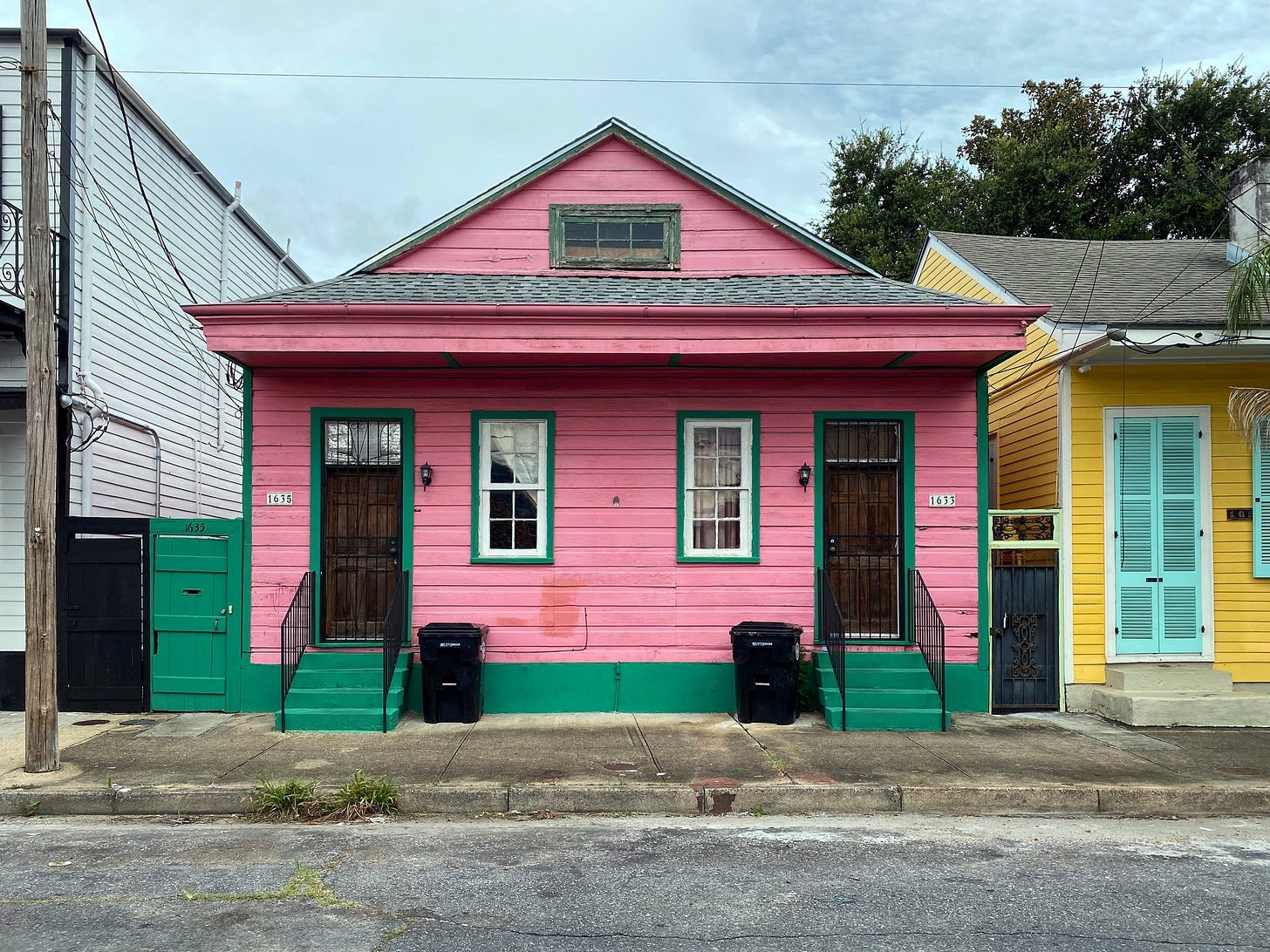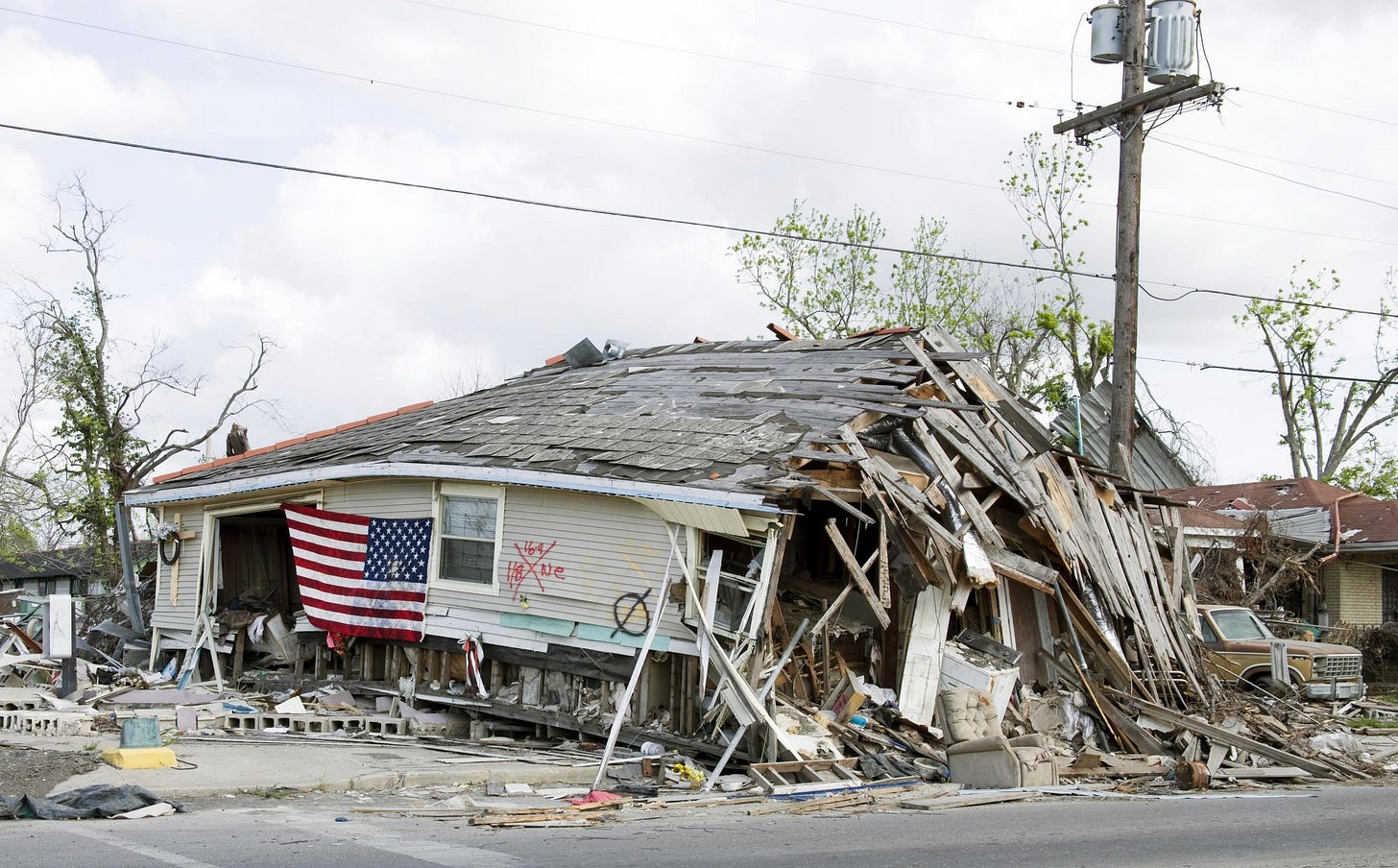DEVELOPMENT | Rebuilding the Right Way
New Orleans shows the power of New Urbanism in making cities more resilient.

Written By Vaneesha Patel
In 2006, Hurricane Katrina battered the city of New Orleans, resulting in more than $160 million in damage and an exodus of people from the area. Severe flooding and slow government response left residents in a grim situation: A once thriving city had become dilapidated. City officials, organizations, and communities were then faced with the tall task of rebuilding and redeveloping parts of town.
In the aftermath of the hurricane, organizations ranging from the Rockefeller Foundation to Habitat for Humanity worked with local stakeholders to envision and implement the redevelopment of New Orleans. In addition, New Urbanism founder Andrés Duany and the Urban Land Institute came to the city to take part in community engagement and strategic planning efforts.
Through a series of community engagement efforts, it became clear that the people wanted something specific: safe, strong, beautiful spaces. Given New Orleans's strong historical fabric, community members placed a large emphasis on historic preservation as a top consideration when planning for redevelopment.
The opportunity to rebuild resulted in multiple transportation projects. The submerged roadway program rebuilt over 50 miles of roads and added important bicycle infrastructure along those routes. New Orleans grew its bicycle network from a mere five miles to 50 miles in 2012. Lafitte Greenway, an abandoned freight rail right of way, was converted into a multifunctional linear greenway
In addition, public housing has become mixed-income developments through partnerships with the Department of Housing and Urban Development (HUD), the Housing Authority of New Orleans, and public-private developers. These buildings have incorporated resilience into both their construction and design.
Flooding infrastructure was also reinforced and built to withstand larger floods and more severe weather.

The opportunity to rebuild with the input from community members, urban planners, and architects resulted in a unique mix of past and future urban development, evidenced in design, style, and infrastructure improvements.
Although Hurricane Katrina presented New Orleans with the opportunity to rebuild with the interests of the community in mind, it also highlighted what was missing from the city before the disaster struck. Everything that was implemented—including green space, mixed-income housing, and infrastructure to handle flooding and accommodate bicycles—speaks to how vital these factors were to citizens who wanted to create stronger, more resilient communities.
When faced with natural disasters, cities have the difficult task of rebuilding, but they also have the opportunity to build better. The presence of disaster and destruction provided the community members of New Orleans with an opportunity to voice their opinion on what they deemed important. But they should not have had to wait for tragedy to strike. In a future where communities throughout the coastal South are bound to see increased frequencies of natural disasters and other dangerous impacts resulting from climate change, Southern city builders need to work toward urban resilience now.
Vaneesha Patel is the Spring 2023 Mencken Publishing Fellow on Urban Development.
